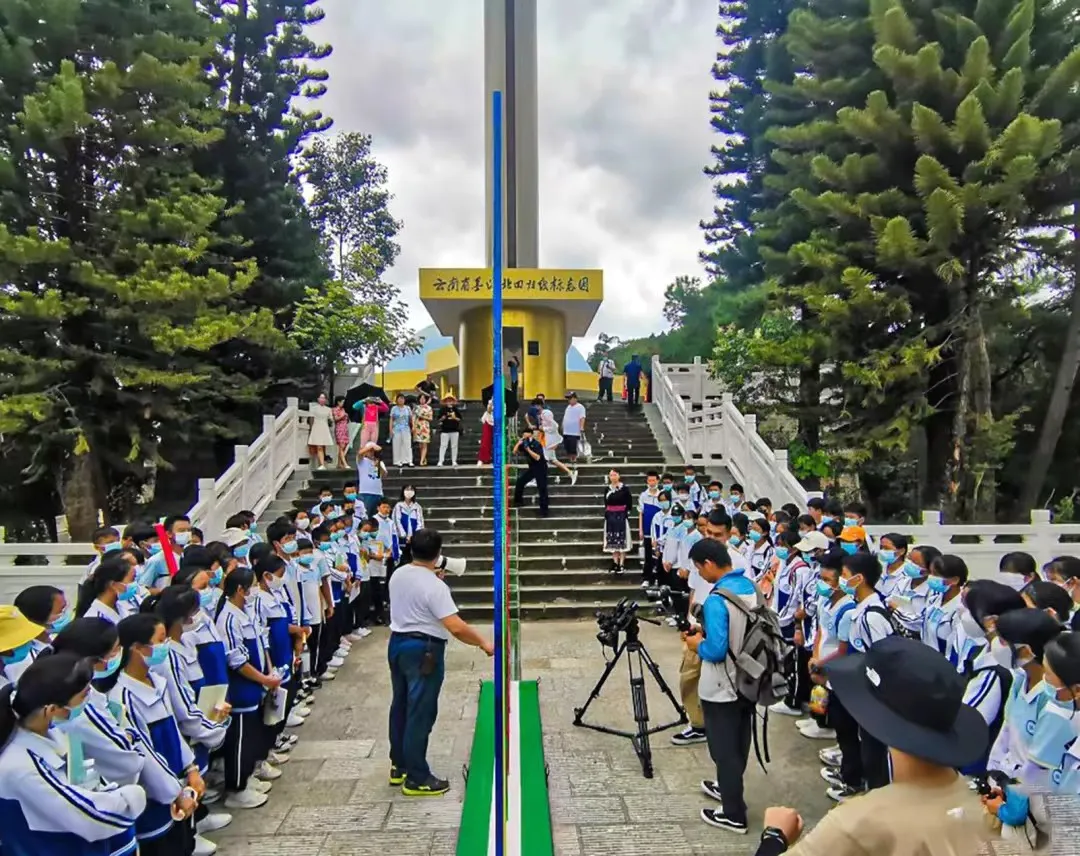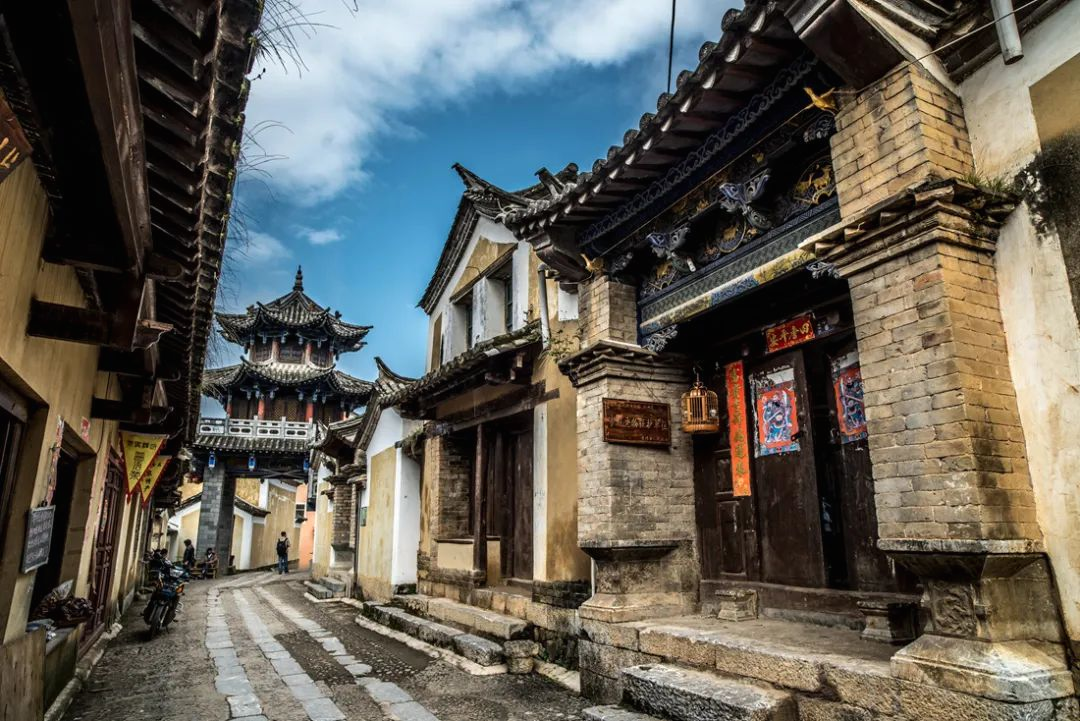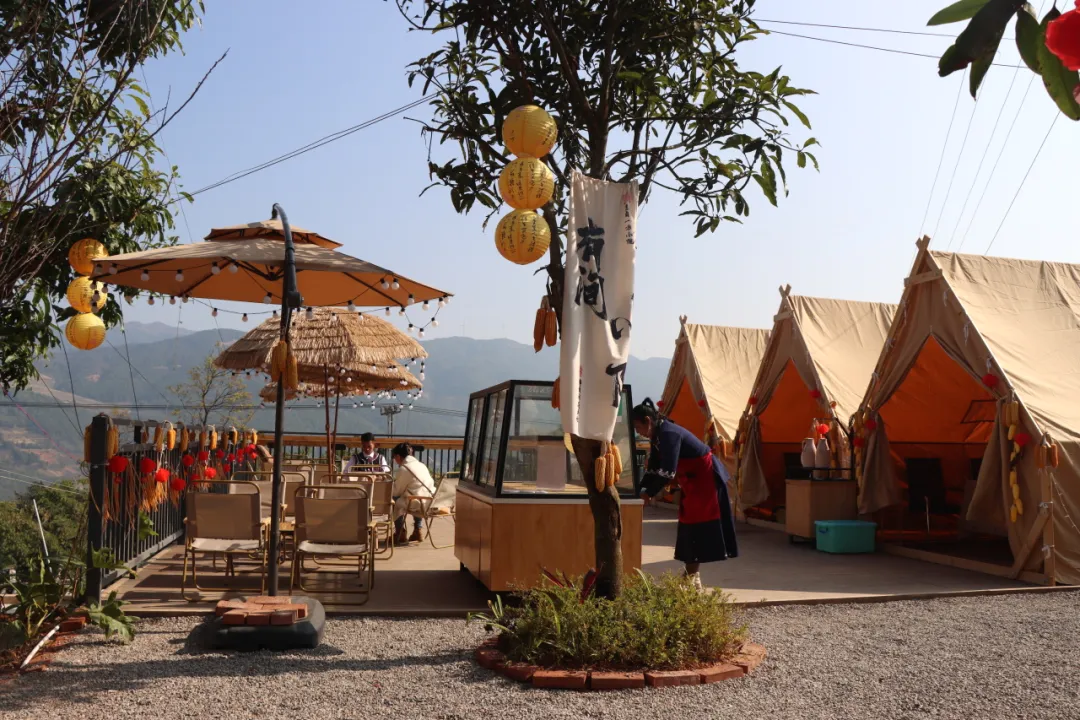A study tour along the Tropic of Cancer in Pu'er
Extensive reading and wide-ranging travel can significantly broaden our horizons. A study tour is not just a journey to explore the world; it serves as a dynamic classroom that educates and entertains. Mojiang Hani Autonomous County in Pu’er City, Yunnan Province, is a location where the Tropic of Cancer passes through. This area boasts a rich history and culture, along with a unique and vibrant humanistic flavor. In this issue of our newsletter, we invite you to join us on a study tour of Mojiang, a remarkable location along the Tropic of Cancer.

First stop: Mojiang Tropic of Cancer Symbol Park
When you transcend the confines of the textbook and find yourself standing right on the Tropic of Cancer, the latitude of 23°26’ north transforms from a simple number into a tangible experience. This imaginary line, which exists only on maps, comes to life in the Mojiang Tropic of Cancer Symbol Park, turning abstract geographic concepts into vivid and engaging realities. Here, you can witness the astronomical phenomenon of a pole standing without a shadow and the enchanting spectacle of the sun and moon shining simultaneously. Positioned at the boundary between the tropical zone and the northern temperate zone, you can explore the cosmic mysteries of sunspots through the astronomical telescope, revealing what was once hidden from view. These geographic marvels, typically only found in textbooks, are now within your grasp.
The Mojiang Tropic of Cancer Symbol Park is thoughtfully designed to blend astronomical and geographical mysteries throughout its landscape. Its features include the arched gate symbolizing the Earth’s orbit around the Sun, the stone sculpture of Kuafu chasing the Sun from Chinese mythology, the ancient sundial used for timekeeping, the astronomical observatory, the interactive experience area, and the popular science education center—all concealing treasures of knowledge waiting to be uncovered by students. This year, the park has also introduced exciting new attractions, such as a military model exhibition, a science and technology caravan parade, a badge-collecting challenge, a DIY science experiment studio, and a Mojiang astronomy folklore knowledge contest, enhancing the excitement of the study tour.

Second stop: Bixi Ancient Town
Situated in Lianzhu Township of Mojiang Hani Autonomous County, Bixi Ancient Town was established in the fourth year of the Yongle reign of the Ming Dynasty (1406). This ancient town is enveloped by lush green mountains and features traditional architecture alongside friendly residents who coexist harmoniously. It also served as a significant stop on the Ancient Tea and Horse Road.
From the hillside, the view of Bixi Ancient Town in the valley reveals a captivating scene of staggered layers of black tiles and white walls, evoking a sense of depth in the courtyards below. The residences in the ancient town primarily consist of quadrangle courtyards. Among them stands the Kuixing Pavilion, a landmark structure that retains its majestic architectural style. Climbing to the top of this ancient octagonal building offers a panoramic view of the entire town at a glance.
As you stroll through the ancient town, the flagstone pathways still bear the marks of horse hooves, a testament to the vibrant past when merchants gathered here. Near the ancient well, you can almost hear the whispers of travelers as they unsaddle their horses to quench their thirst. The silhouette of the charity warehouse silently tells the story of how the townspeople once supported one another. Walking among these historical remnants, each step feels like a connection to the veins of time, transporting you back to the bustling era of the Ming Dynasty. You can’t help but become captivated by that distant and brilliant history.

Third Stop: Manhai Village with its intangible cultural heritages
Manhai Village is home to a harmonious community of Han, Hani, Yi, Dai, Lahu, Jinuo, and other ethnic groups. In the Dai language, “Manhai” means “the village where brave people live.” The village is surrounded by numerous bamboo groves, and approximately 80 percent of the residents are skilled in the art of bamboo weaving, making the village a hub of intangible cultural heritages.
At the Manhai Rural Intangible Cultural Heritage Experience Center, visitors can engage in various hands-on projects, including bamboo weaving, bamboo pulp painting that highlights the 24 Chinese solar terms, tie-dyeing, embroidery, pottery making, and destroyable woodcarving. The center serves as a gateway to showcasing and preserving ethnic culture while providing an excellent opportunity for tourists to immerse themselves in rural life and appreciate the beauty of traditional culture. Here, visitors can discover intangible cultural heritages that resonate with their own spirits and embark on an unforgettable cultural journey.
Text by our staff correspondents
Translated by YNTA